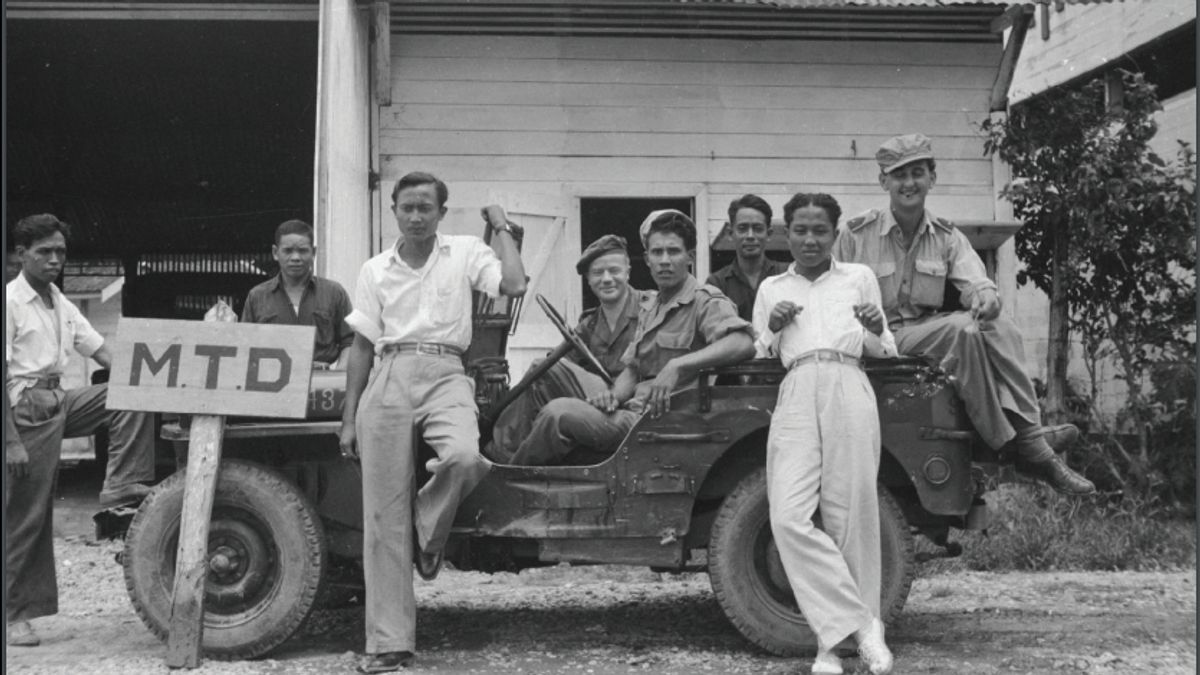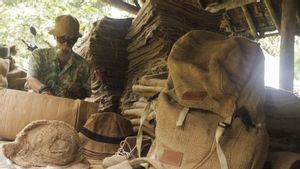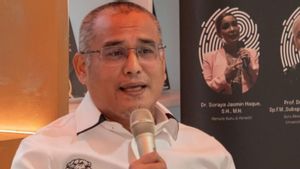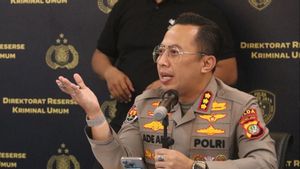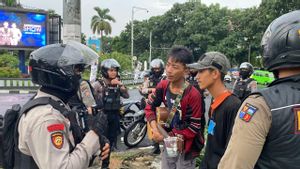JAKARTA - The Royal Netherlands Indies Army or Koninklijk Nederlandsch-Indische Leger (KNIL) is one of the oldest modern military units. Quoting Randy Wirayudha's writing in Historia, KNIL was founded on March 10, 1830.
According to Petrik Matanasi in Pribumi Jadi Lieutenant of KNIL, this troop strength is around 5,000-6,000 people. This unit consists of the Korporaalschappen with 12 soldiers led by a corporal. Then Sergeantschappen consists of 2 Korporaalschappen. Two to five Sergeantschappen can become a single line under the command of a second lieutenant.
The KNIL troops were formed by the colonial government to face local resistance. According to the Dutch historian GG de Jong, written by Ong Hok Ham in Wahyu Yang Hilang, the State of Shaking (2018), the KNIL was only a police force that was somewhat enhanced. Not a military force to face an international and modern war.
"KNIL only functions to deal with domestic unrest."
Ong Hok Ham
According to Historian Petrik, KNIL soldiers were mostly indigenous Indonesians as lowly soldiers. Although there were those who became officers, the numbers were insignificant compared to the Dutch soldiers.
Generally, Indonesian youth who became KNIL officers came from well-respected families. They had a pretty good education in colonial times. Although the salaries of KNIL officers from natives and the Netherlands were the same, the career paths for natives were limited. The highest rank of KNIL officers from the indigenous group was only up to the rank of lieutenant colonel.
Apart from the Dutch and the natives, the Dutch government also recruited mercenaries from Europe, for example from France, Belgium, Germany and Switzerland. The pay for the European soldier was per month in 1870. It was the equivalent of a year's wages for factory workers.
In the KNIL structure, the highest command was held by the governor general of the Dutch East Indies who was the military opperbevelhebber (commander in chief). Under him was an Army Commander who was concurrently the Head of the Van Oorlog Department (Department of War affairs) with the rank of lieutenant general.
Still according to Petrik, initially the KNIL was formed by the Governor-General of the Dutch East Indies, Graaf Johannes van den Bosch, only for Java. However, the need is expanding so that more troops are needed. Because the Dutch were fewer in number, eventually most of the troops were taken from natives.
Indigenous people in the KNIL had to deal with natives who rebelled against the Dutch East Indies colonial government. In its history, the KNIL was able to withstand various local resistance that occurred throughout the Dutch East Indies region.
Of all European soldiers, the percentage of Dutch people was 61 percent and the remaining 39 percent were from neighboring countries. The composition of Europeans other than the Netherlands includes 30 percent Belgian, 30 percent German, 20 percent Swiss, 12 percent French and the remaining 8 percent from other countries.
Natives become KNIL
Meanwhile, for native soldiers, in 1830, the number of native non-commissioned officers was 60 percent. Meanwhile, the officers are only 5 percent of the total number of officers. Some of the well-known KNIL officers included Suharto, AH Nasution, TB Sumatupang, Alex Evert Kawilarang, and Urip Sumoharjo.
Soeharto
The second president of the Republic of Indonesia Soeharto once joined KNIL. Quoting merdeka.com, at that time he was looking for a job after being fired from his previous job at a village bank.
When following the selection process, Suharto passed as the best. He was then assigned to practice as deputy squad commander in Battalion XIII in Rampal near Malang. Then maintain the coastal defense in Gresik.
AH Nasution
AH Nasution joined the KNIL army in November 1940. His career there was quite good. Until then he was appointed as Vaandrig (Assistant Lieutenant) for the KNIL Infantry unit in 1941. He also experienced fighting against the Japanese army.
Urip Sumoharjo
Urip is a former KNIL officer with the highest rank involved in the development of the Indonesian National Army (TNI). While at KNIL, Urip was able to get the rank of major. Meanwhile, most of the other officers were only first lieutenant, such as Didi Kartasasmita, Soeriadarma, Hidayat and Soerjosoerarso.
Alex Evert Kawilarang
Kawilarang is indeed known as a figure in the Indonesian military. He is the founder of Kesko TT which later became the Special Forces Command (Kopassus). In the KNIL, he was appointed as an officer after graduating from an officer school in Jatinegara, Jakarta. After KNIL lost to Japan, Alex then participated in the development of the TNI by becoming a TNI officer and had served as Commander of Siliwangi after Indonesian independence.
TB Simatupang
Tahi Bonar Simatupang is an Indonesian military figure who was appointed by President Soekarno as Chief of Staff of the Indonesian Armed Forces (KASAP) after Sudirman's death in 1950.
He had attended the KNIL military academy, namely KMA in 1940 to become a KNIL officer. After studying for 2 years, Bonar also graduated as a young officer.
But before being assigned to the KNIL (Koninlijke Nederlands Indische Leger), Japanese troops rushed to seize power in the Dutch East Indies and KNIL was disbanded. The weapon was disarmed.
After Indonesia became independent or rather in 1950, KNIL was finally disbanded. The collapse of the KNIL was in line with the destruction of Dutch rule in the archipelago.
According to Ong Hok Ham (2018) the collapse of the Netherlands by Japan was partly due to the poor military strength of the Netherlands.
"Not because of the bad relations between the regime and the people. But it also lies in the weakness of the weapons of war and its outdated military infrastructure."
Ong Hok Ham
The English, Chinese, Japanese, Arabic, and French versions are automatically generated by the AI. So there may still be inaccuracies in translating, please always see Indonesian as our main language. (system supported by DigitalSiber.id)
